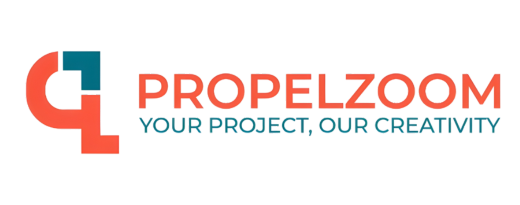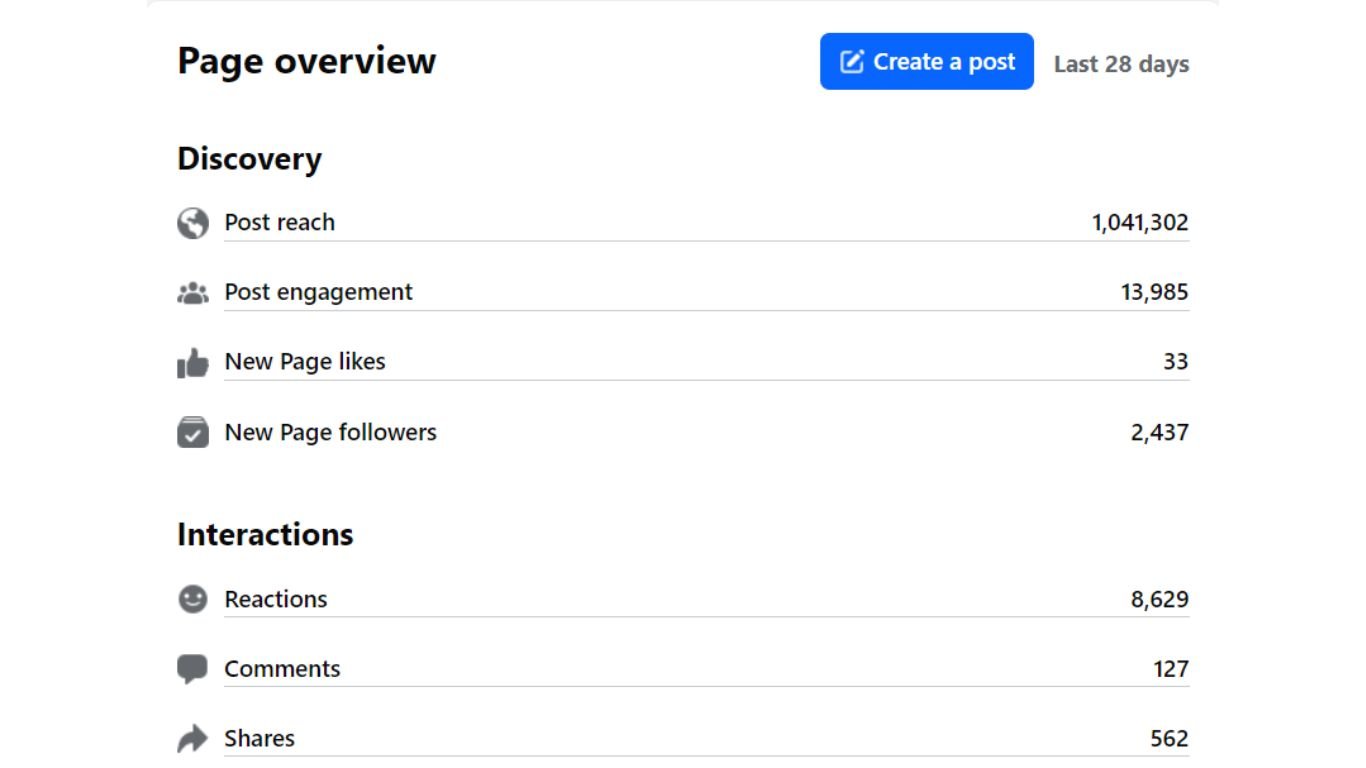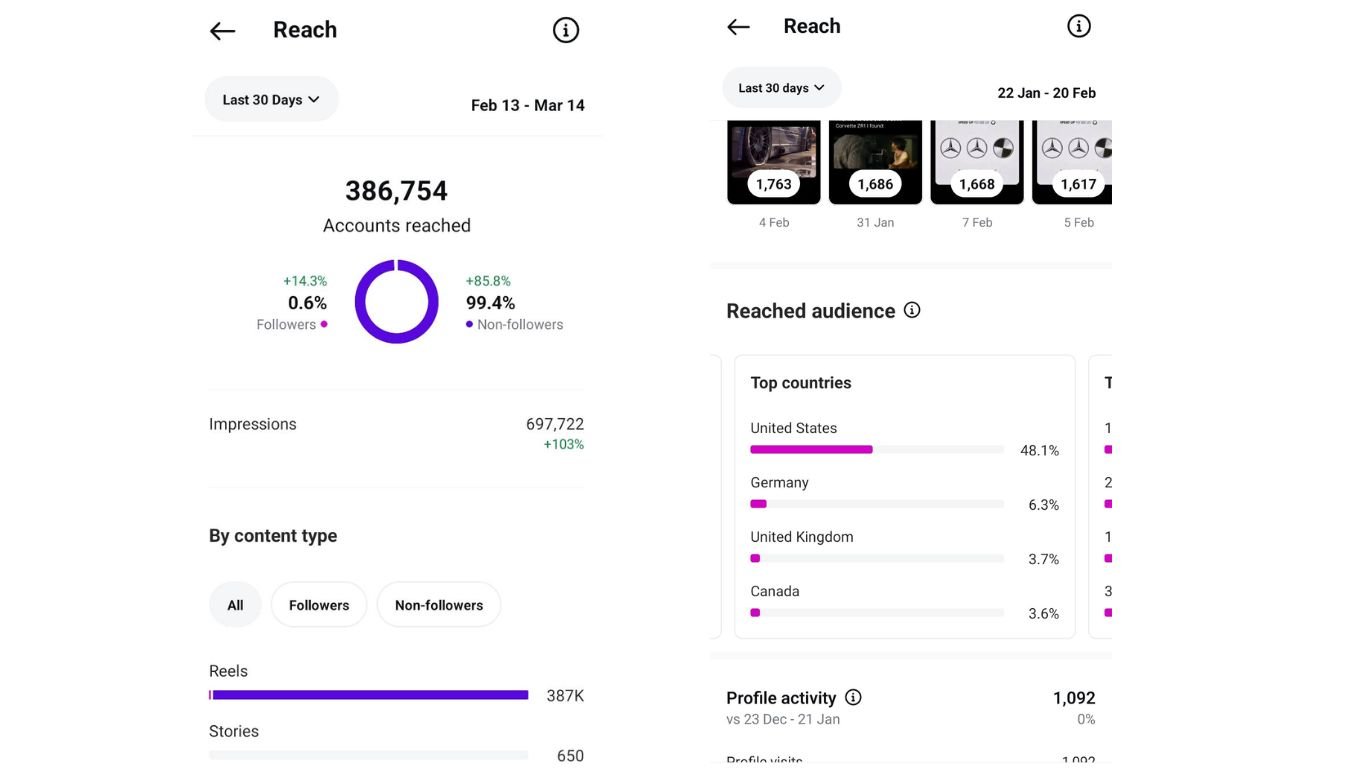In today’s digital world, Facebook advertising is a game-changer for brands seeking to connect directly with their audience. With over 3 billion active users, Facebook offers unmatched reach, targeting precision, and cost-efficiency. At PropelZoom, we specialize in leveraging this platform to deliver real, measurable business results—and today, we’re pulling back the curtain to show you exactly how we did it.
This Case Study of Facebook Ad Campaign reveals how our data-driven strategies generated 339 conversations at only $0.04 per message. That’s not a typo—just four cents per potential customer interaction. You’ll see real campaign results, how we optimized the ads, and what made them work so effectively.
Let’s dive into the process, break down the data, and extract the gold nuggets that can help you replicate our success.
Setting the Stage: Campaign Objectives and Audience Targeting
Before launching any campaign, it’s vital to define the objective clearly. For this Facebook ad campaign, our client’s goal was straightforward: increase direct customer conversations via Messenger to boost engagement and, ultimately, conversions.
Campaign Breakdown:
- Objective: Facebook Messages (Engagement Campaign)
- Audience: Targeted local interest group (age 18–40, primarily mobile users)
- Placement: Facebook Feed, Messenger Inbox
- Budget: Minimal, under $15
- Ad Creative: Product-based value proposition with call-to-action
We created two ad sets—each targeting a different niche:
- Inkozzi Engagement Campaign
- Trenda Shop Engagement
Let’s break down each and how they performed.
Inkozzi Campaign Performance: Crushing It with Cost-Efficiency
One of the most remarkable parts of this Case Study of Facebook Ad Campaign is the performance of the Inkozzi Engagement Campaign. With a minimal ad spend of $13.54, we achieved 339 messaging conversations, giving us a stellar cost of just $0.04 per conversation.
Key Metrics (Inkozzi Campaign):
| Metric | Result |
| Messaging Conversations Started | 339 |
| Cost per Conversation | $0.04 |
| Total Ad Spend | $13.54 |
These numbers aren’t just good—they’re exceptional. The average cost-per-message across most industries on Facebook ranges between $0.20 and $0.80. Our campaign beat that by a massive margin.
Why It Worked:
- Audience Precision: We used Facebook’s Custom Audience tools to target high-intent users.
- Copywriting & CTA: The ad copy was crafted to feel personal, casual, and actionable.
- Mobile Optimization: As over 90% of users were on mobile, we tailored visuals and messaging accordingly.
- Messenger Placement: With a focus on Messenger inbox, users were encouraged to tap and chat effortlessly.
This campaign demonstrates how well-executed micro-budget advertising can outperform large campaigns when strategy and execution align perfectly.
Trenda Shop Campaign: Low Spend, Valuable Insights
Now let’s contrast the Inkozzi results with the Trenda Shop Engagement Campaign. Although the performance wasn’t as jaw-dropping, it still delivered key insights that helped us refine future campaigns.
Key Metrics (Trenda Campaign):
| Metric | Result |
| Messaging Conversations Started | 9 |
| Cost per Conversation | $0.09 |
| Total Ad Spend | $0.83 |
Even though the total conversation count was only 9, the cost per conversation stayed low at $0.09—still well below industry standards.
What We Learned:
- Ad Timing Matters: This campaign ran later in the month, coinciding with less user activity.
- Audience Saturation: The niche targeted may have had lower engagement tendencies.
- Testing is Key: This ad set gave us valuable A/B test data on engagement styles and audience reactions.
This part of the Case Study of Facebook Ad Campaign proves a critical point: even campaigns that don’t go viral provide essential data for optimization.
Strategic Comparison: What Differentiated the High-Performer?
Every campaign offers a story. And in this Case Study of Facebook Ad Campaign, the comparison between Inkozzi and Trenda Shop brings valuable lessons to light.
Let’s stack them side-by-side for clarity:
| Campaign Name | Messaging Conversations | Cost per Conversation | Total Spend |
| Inkozzi Engagement | 339 | $0.04 | $13.54 |
| Trenda Shop | 9 | $0.09 | $0.83 |
Key Observations:
- Volume vs. Spend: Inkozzi produced over 37x more conversations with a budget that was only 16x higher. This indicates exceptional ROI efficiency.
- Message Cost: Even the “weaker” campaign beat standard benchmarks.
- Scalability: Inkozzi’s success proves the campaign can be scaled further while maintaining performance metrics.
These findings reinforce a core truth in digital advertising: it’s not about spending more—it’s about spending smart.
Inside Our Process: How PropelZoom Engineered These Results
At PropelZoom, we don’t believe in guesswork. Our strategy behind this Case Study of Facebook Ad Campaign is rooted in structured execution, intelligent targeting, and continuous refinement.
Here’s the behind-the-scenes look at how we engineered the campaign:
Our 4-Phase Execution Framework:
- Research & Audience Mapping
- Defined buyer personas
- Mapped behavior using Facebook Insights
- Narrowed down high-engagement demographics
- Defined buyer personas
- Creative Development
- Designed compelling ad visuals with scroll-stopping quality
- Wrote action-driven, value-based copy with clear CTAs like “Send Us a Message Now”
- Designed compelling ad visuals with scroll-stopping quality
- Micro-Budget Allocation
- Assigned small, test-driven budgets to each campaign
- Measured early performance before scaling
- Assigned small, test-driven budgets to each campaign
- Analytics & Optimization
- Tracked message start rate daily
- Paused underperformers quickly (like Trenda)
- Optimized placements and time slots based on heat maps
- Tracked message start rate daily
This formula is not a secret weapon—it’s a repeatable process any serious marketer can follow. But execution is everything. And at PropelZoom, we live and breathe precision marketing.
Lessons for Business Owners: What This Campaign Teaches You
This isn’t just our win—it’s a roadmap for every business looking to boost ROI with Facebook ad campaigns. Here are the key takeaways from this Case Study of Facebook Ad Campaign that you can implement right away:
What You Should Apply:
- Start Small, Scale Fast: Test campaigns with micro-budgets. Double down on winners, pause losers.
- Messenger Ads Work: The Messenger ad format is highly underutilized and offers incredible engagement for low cost.
- Ad Copy is Everything: Clear, benefit-driven messaging can double or triple your interaction rates.
- Data is Your Friend: Every result—good or bad—provides insight. Learn and optimize.
- Work With Experts: Platforms like Facebook reward precision. A professional agency can unlock much better results with less guesswork.
Conclusion: PropelZoom’s Promise to Grow Your Brand
The results are clear. In this Case Study of Facebook Ad Campaign, we proved that high-performance digital advertising isn’t reserved for corporations with massive budgets. With a clear strategy, expert execution, and relentless optimization, even modest investments can generate massive engagement.
At PropelZoom, we take pride in being your growth partner. Whether you’re looking to scale with SEO, social media, PPC, video editing, or custom websites, we’re here to take your brand from visibility to profitability.
Why Choose PropelZoom?
- Data-driven execution
- Creative content that sells
- Proven ROI-focused campaigns
- Personalized service with measurable results
Don’t leave your marketing to chance. Partner with PropelZoom, and let’s launch campaigns that create real conversations and drive real growth.Ready to turn clicks into customers? Let’s work together. Contact us at https://propelzoom.com and schedule your free strategy session today.







